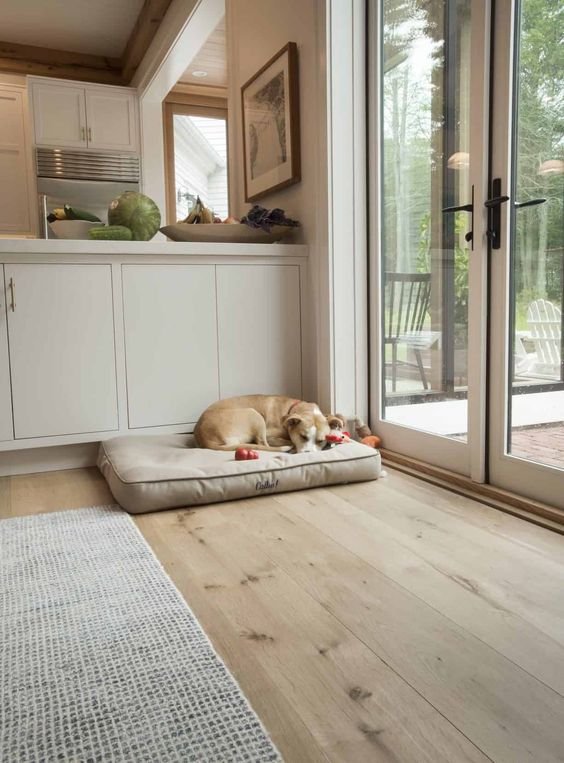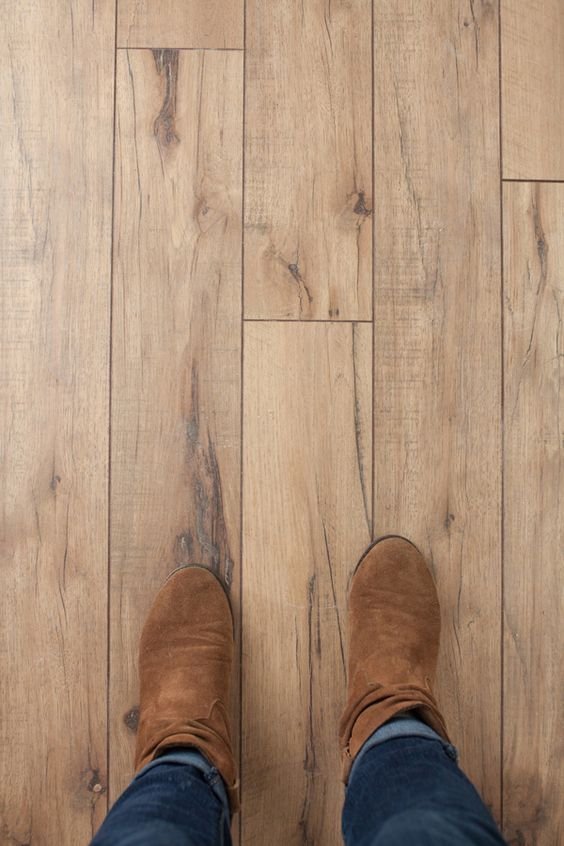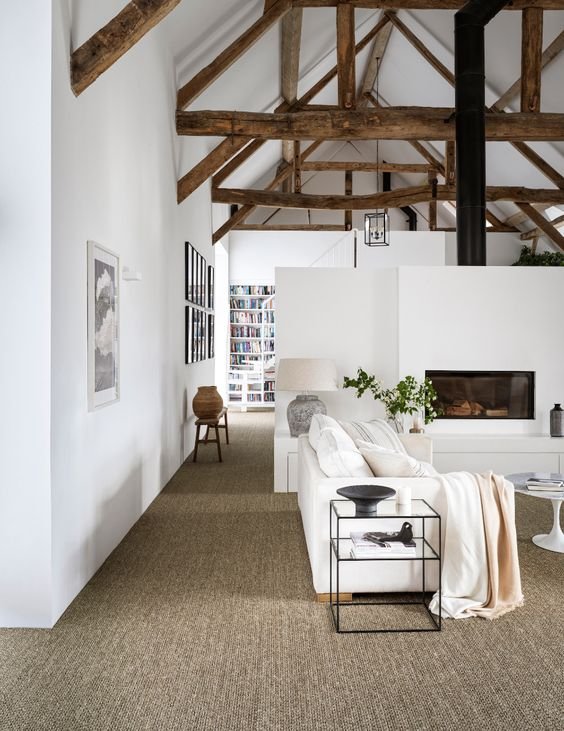The Complete Guide to Home Flooring
When it comes to choosing flooring for your home, there are no rules – it’s all about the look you desire, the budget you have, and the functionality you need in your space. There’s definitely no shortage of choice – new designs and technology have led to changes in flooring types you may have avoided in the past. To make the choice more complicated, factors like moisture, durability, room usage and cost play a role in your decision.
So we’ve created a complete guide to six different types of flooring to help you make the best decision for your Edmonton renovation project–perhaps something on your renovation wishlist–and outline the pros and cons of these flooring choices based on the needs of your space.
1. Hardwood
Pros: Hardwood is beautiful, and if well-maintained, it’s worth it. Well-kept hardwood lasts a lifetime and adds character and value to your home. Hardwood is available in a variety of thicknesses, colours and wood types, each with its own degree of upkeep and durability.
Cons: You trade the beauty of hardwood with persistent upkeep. It takes work to keep solid or engineered wood looking good since it isn’t as durable or resistant to wear and tear as the other flooring types, especially scratching. Use a rug or runner in high-traffic areas to cut down on maintenance. Hardwood is also best installed by a professional. Hardwood is also the most expensive flooring available, and the price goes up depending on the type of wood you want.
(Image credit: williamandhenry.com)
2. Laminate
Pros: Laminate is the cheapest type of flooring available and is easy to install yourself. You can even buy laminate in large planks that more closely resemble wood, and if you have a bigger budget, luxury laminate truly resembles the real thing. It’s a durable form of flooring as well, which is perfect if you have pets or kids.
Cons: Stepping on laminate can make for a hollow sound underfoot, so place the flooring over a layer of sound-dampening material to help reduce that echo. It does require special cleaning as a wet mop will ruin it, so make sure you use something like a Swiffer WetJet or an extra damp mop to clean it.
(Image credit: theletteredcottage.net)
3. Vinyl
Pros: An affordable way to cover an expansive space, vinyl has been a popular choice for flooring since the 1950s. It’s the second cheapest flooring available after laminate. Luxury vinyl planks can even be mistaken for real wood, while luxury vinyl tiles imitate stone. Today’s vinyl is more durable than the vinyl planks of the past, and its resistance to water makes it a good choice for kitchens and bathrooms. It’s easy to install on your own, and vinyl also stands up to persistent moisture in basements. It’s very low-maintenance, which is perfect if you lead a busy lifestyle.
Cons: Some vinyl is still prone to scratching and isn’t as durable as other more expensive flooring– keep felts on the bottom of furniture and buy extra planks so you can have a perfect match down the road if any damaged planks need to be switched out.
(Image credit: evolutionofstyleblog.com)
4. Carpet
Pros: It’s much nicer to step onto the warmth of soft carpet when you get out of bed than cool hardwood, laminate or tile, and that warmth and coziness extends to its placement in other rooms as well. Carpet provides safety protection for the whole family by softening slips and falls, and also provides a natural noise barrier between floors.
Cons: Wall-to-wall carpet is tough for a DIY-er to install flat, so you need to call in a professional. It requires persistent upkeep to maintain its new appearance, especially if you have children, and it’s also perceptible to stains. It’s important to do a deep carpet clean at least 1-2 times per year, either by renting a carpet cleaning machine or calling a professional.
(Image credit: Fibre)
5. Porcelain Tile
Pros: Porcelain tile is highly resistant to scratching and is resistant to dents from falling lightweight objects such as kitchen utensils. It’s available in a variety of styles and you can even recreate the look of wood with ash planks and matching grout. It’s low maintenance and only requires vacuuming and mopping to keep clean, making it a good choice for a kitchen or mudroom. It’s also great for bathrooms, since tile holds up in wet places.
Cons: It is less resistant to heavier objects falling on it, which can lead to cracking. It can also be quite cold underfoot, so is less of a desirable choice for bedrooms or basements. If you want it installed well, it’s best to have this done by a professional, although it can be done yourself.
(Image credit: placeofmytaste.com)
Cork Flooring
Pros: Sleek and contemporary, natural cork flooring is surging in popularity. It’s soft and warm underfoot, and available in a variety of designs. It’s a natural insulator, which helps with energy bills and muffling sound. It is also cheaper, and easier to install yourself, than hardwood. Its resilience makes it easy to stand on, while its softness makes it less likely a dish will crack if it falls on the floor. Cork is also hypoallergenic and resistant to fire, stains and mould.
Cons: Cork does require sealing with wax – some cork comes pre-finished but others must be finished on-site. Cork can fade over time especially if exposed to sunlight, and it is susceptible to moisture. It can also be easily dented, punctured or scratched.
(Image credit: Lauren Liess)
There are many more types of flooring available beyond what we’ve mentioned here, so it’s important to do your research and work with a professional to determine the best solution for your needs or budget. Flooring is one of the most important design choices for your home and we want to ensure you get the result you want. If you’re looking to renovate your home with all-new flooring, we’ve got you covered!
Timberstone Builders has over 15 years of experience building, remodelling, and renovating award-winning homes in Edmonton and surrounding areas.





